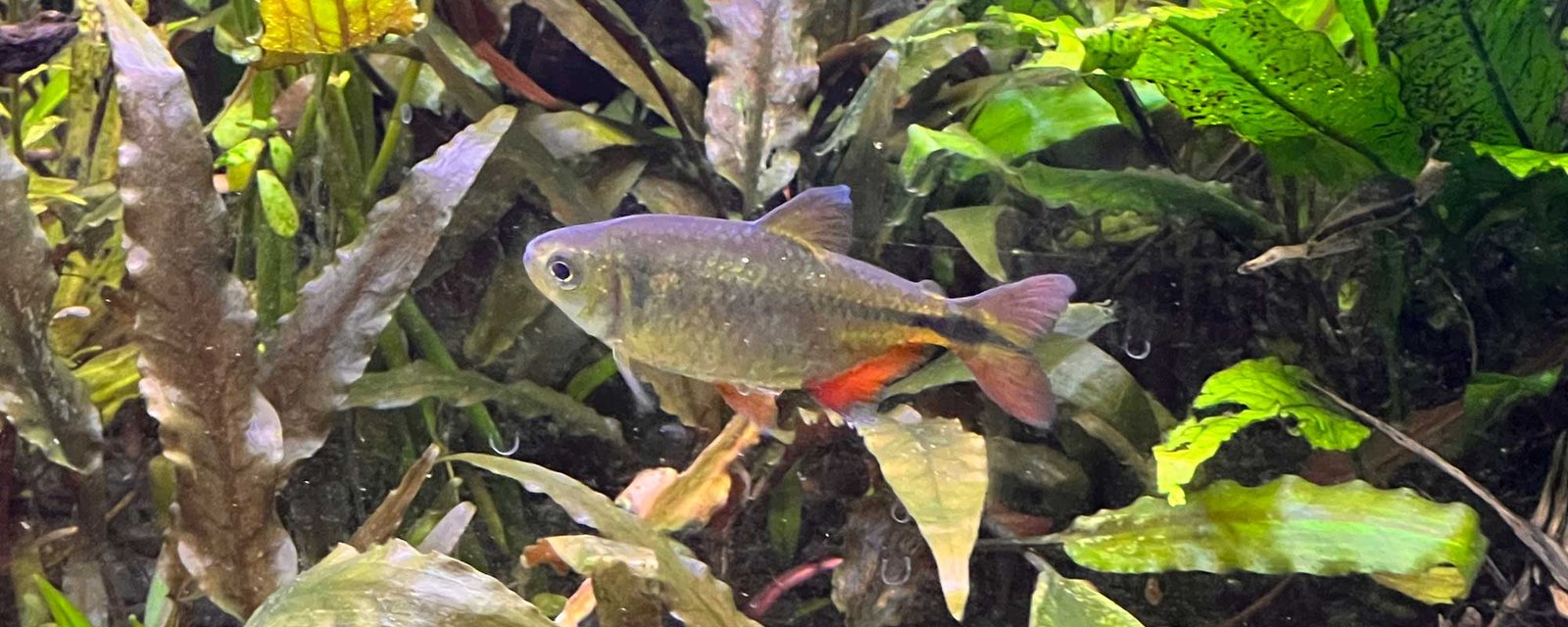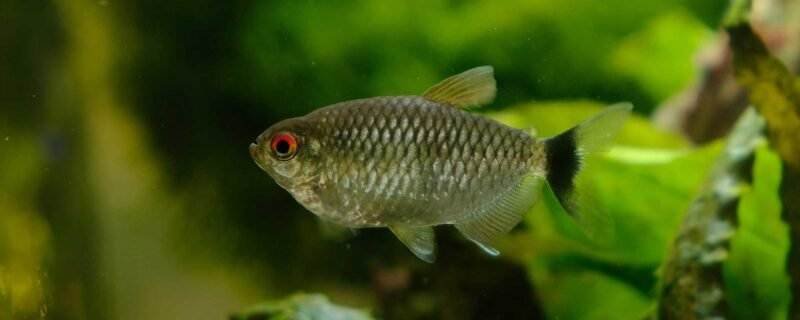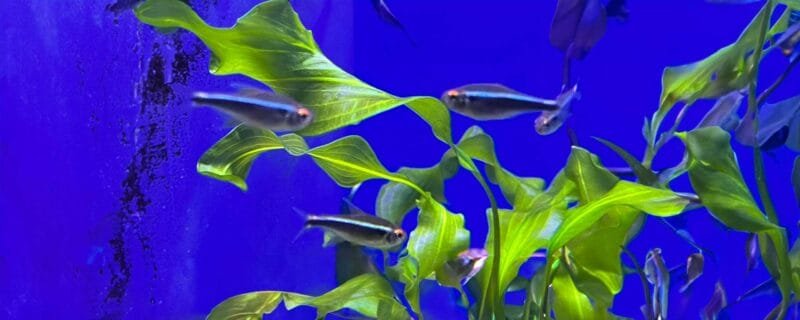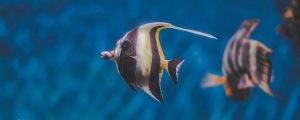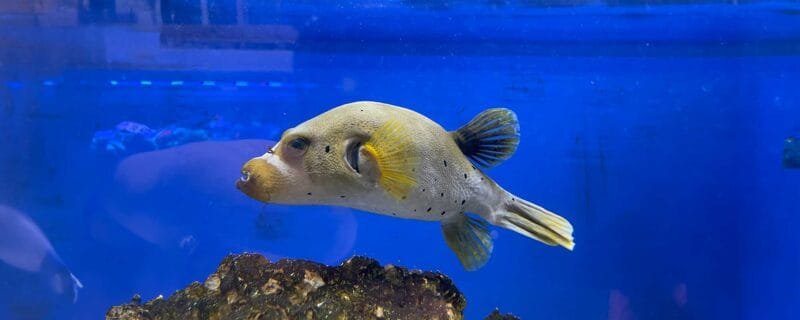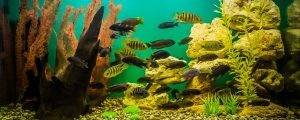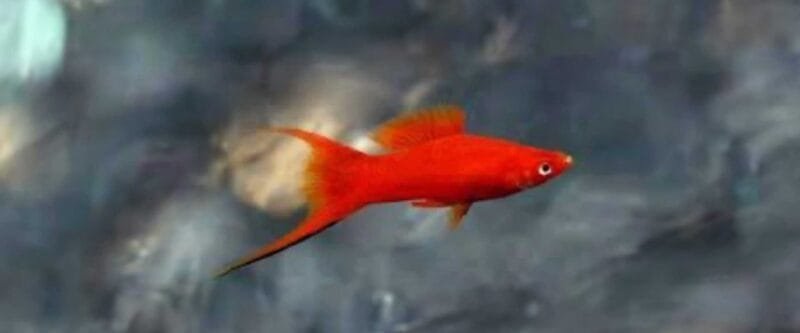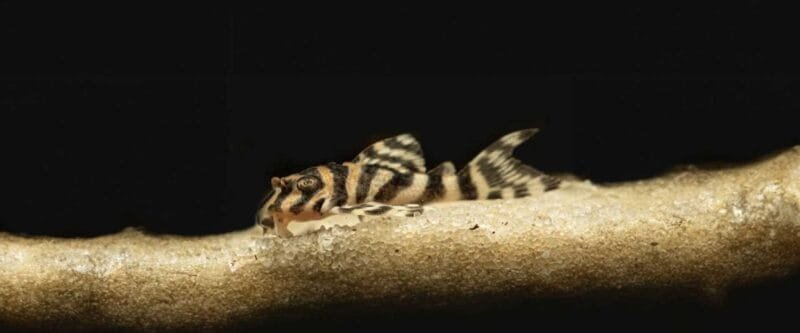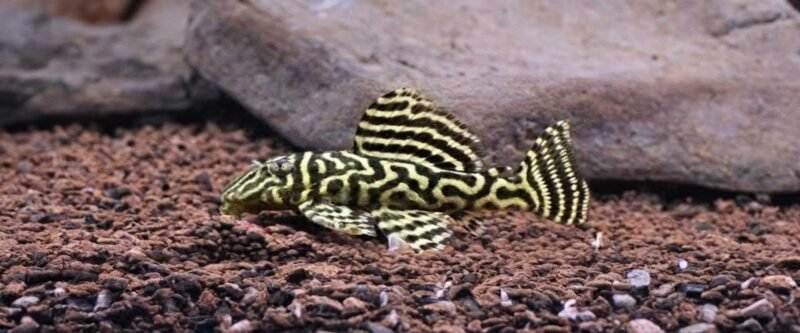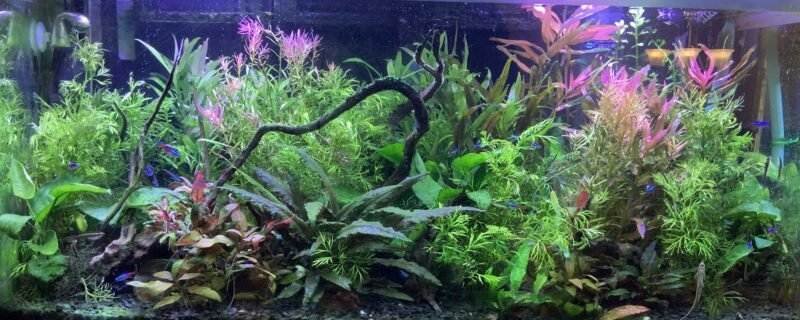Buenos Aires Tetra: Exploring the Charms of Hemigrammus Caudovittatus
The Buenos Aires Tetra, scientifically known as Hemigrammus caudovittatus, is a popular and engaging fish species that has long been cherished in the world of aquarium keeping. Renowned for its vibrant appearance, adaptability, and social behavior, this tetra is a delightful addition to community tanks and offers aquarists a chance to witness the magic of South American aquatic life. In this comprehensive blog post, we’ll delve into the captivating world of the Buenos Aires Tetra, covering its scientific and common names, size, natural habitat, community tank compatibility, dietary preferences, alternative names, gender differentiation, and more.
Scientific and Common Name: Hemigrammus Caudovittatus
Size: Buenos Aires Tetras typically reach lengths of 2 to 3 inches (5 to 7.5 centimeters), making them a medium-sized addition to aquariums.
Native Habitat: These charismatic tetras are native to the freshwater systems of South America, particularly in regions of Brazil, Paraguay, Uruguay, and Argentina. They thrive in slow-moving waters like streams, rivers, and ponds.
Habitat and Behavior: In the wild, Buenos Aires Tetras prefer densely vegetated areas with ample hiding spots. They are known for their social behavior, often forming schools or shoals for safety and companionship.
Community Tank Compatibility:
Buenos Aires Tetras are generally peaceful and sociable, making them excellent candidates for community aquariums. They coexist harmoniously with a wide range of tankmates, including other peaceful fish species like tetras, barbs, and gouramis.
Diet: Buenos Aires Tetras are omnivorous and have a varied diet that includes:
- Commercial Fish Food: High-quality flakes or pellets designed for tropical fish are a staple in their diet.
- Live and Frozen Foods: They readily accept live or frozen treats such as brine shrimp, daphnia, and bloodworms.
- Vegetable Matter: Buenos Aires Tetras may also nibble on algae and appreciate occasional offerings of blanched vegetables like spinach or zucchini.
Alternative Names: Besides Buenos Aires Tetra, these fish are sometimes referred to as Striped or Argentinian Tetras.
Distinguishing Males from Females:
Differentiating between male and female Buenos Aires Tetras can be challenging, but there are some key characteristics to look for:
- Body Shape: In some cases, females may have slightly rounder and plumper bodies, particularly when they are carrying eggs.
- Fin Shape: Males may exhibit more elongated dorsal and anal fins than females, but this difference can be subtle.
Varieties and Colors: The classic Buenos Aires Tetra boasts a beautiful silver body adorned with a distinctive black stripe that runs from the snout to the caudal fin. Their striking appearance and vivid colors make them a favorite among aquarists.
Conclusion:
Buenos Aires Tetra – A Splash of South American Magic
Buenos Aires Tetras (Hemigrammus caudovittatus) bring a touch of South American aquatic magic to aquariums around the world. Their captivating appearance, peaceful nature, and adaptability make them a favorite choice for aquarists of all levels. Whether you’re a beginner or an experienced enthusiast, the Buenos Aires Tetra’s charm and sociable demeanor will enrich your aquatic world and serve as a reminder of the breathtaking diversity of our planet’s underwater treasures.

